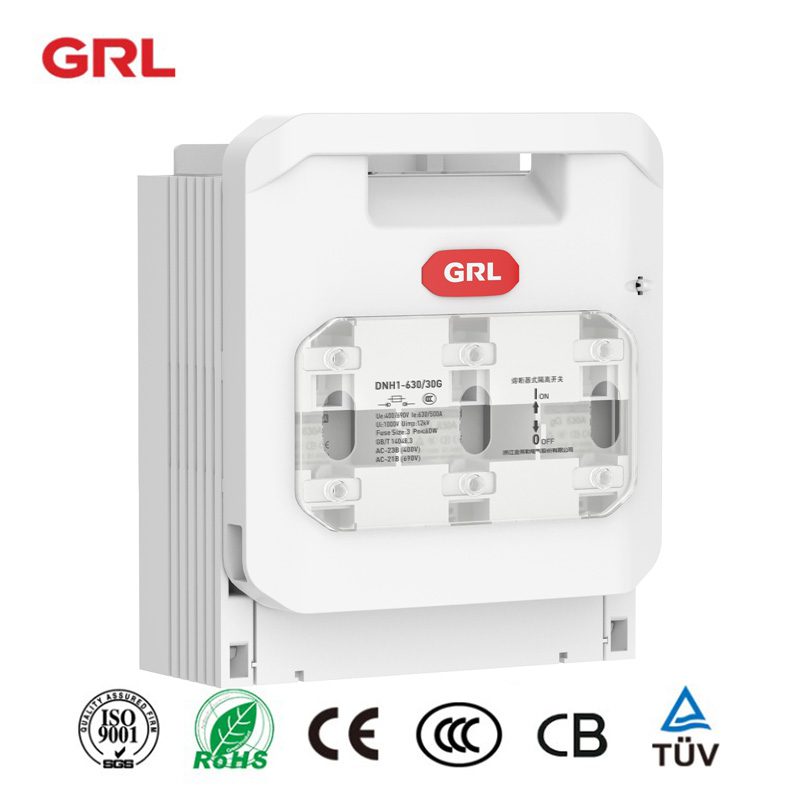
# Fuse Isolator Switch: Essential Safety Device for Electrical Systems
## Understanding the Fuse Isolator Switch
The fuse isolator switch is a crucial component in modern electrical systems, combining the functions of a switch and a fuse in one compact unit. This dual-purpose device serves as both a manual disconnection point and a protective element in electrical circuits.
## How Does a Fuse Isolator Switch Work?
A fuse isolator switch operates on a simple yet effective principle. When the switch is in the “on” position, electricity flows through the circuit normally. The built-in fuse protects the system by breaking the circuit if current exceeds safe levels. In the “off” position, the switch physically disconnects the circuit, providing complete isolation for maintenance or emergency situations.
## Key Features and Benefits
### 1. Enhanced Safety
The primary advantage of fuse isolator switches is their ability to provide both switching and overcurrent protection in a single device. This eliminates the need for separate components, reducing potential failure points.
### 2. Easy Maintenance
With a fuse isolator switch, technicians can safely isolate sections of an electrical system for maintenance without needing to shut down the entire network.
### 3. Space Efficiency
The compact design saves valuable space in electrical panels and distribution boards compared to using separate switches and fuse holders.
## Common Applications
Fuse isolator switches find widespread use in various settings:
– Industrial electrical distribution systems
– Commercial building power networks
– Residential consumer units
– Machinery control panels
Keyword: Fuse Isolator Switch
– Renewable energy installations
## Installation Considerations
When installing a fuse isolator switch, several factors must be considered:
1. Current rating must match the circuit requirements
2. Proper mounting orientation as specified by the manufacturer
3. Adequate ventilation around the device
4. Correct fuse type and rating for the application
5. Compliance with local electrical codes and regulations
## Maintenance Tips
To ensure optimal performance and safety:
– Regularly inspect for signs of overheating or damage
– Check tightness of connections periodically
– Replace fuses only with identical specifications
– Test switch operation at recommended intervals
– Keep the area around the switch clean and free from obstructions
## Choosing the Right Fuse Isolator Switch
Selecting the appropriate fuse isolator switch depends on several factors:
– Voltage rating of the system
– Maximum current requirements
– Environmental conditions (indoor/outdoor, temperature, humidity)
– Required number of poles
– Special features like lockable operation or visible isolation
The fuse isolator switch remains an indispensable component in electrical safety systems. Its dual functionality as both a switch and protective device makes it a cost-effective and reliable solution for circuit protection and isolation. Proper selection, installation, and maintenance of these devices are essential for ensuring electrical safety in any facility.